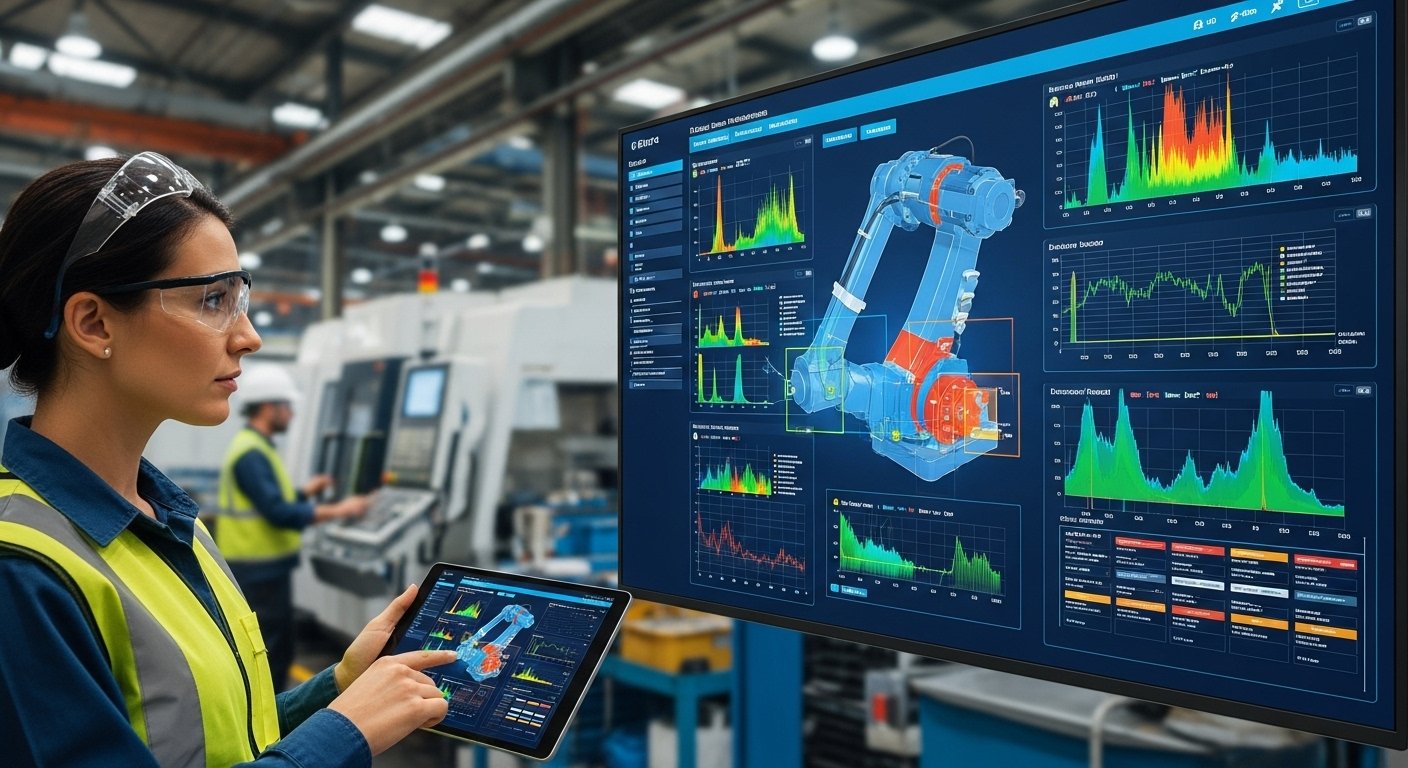Geographic Information Systems (GIS) have long been the backbone of spatial data analysis, supporting everything from urban planning to environmental monitoring. But as the world becomes increasingly data-driven, traditional GIS tools alone are no longer enough. Enter Artificial Intelligence (AI) — a game-changer that’s unlocking new possibilities for GIS applications.
In this article, we’ll explore how AI is revolutionizing GIS, transforming data analysis, predictive modeling, and decision-making processes. Whether you’re in urban planning, environmental monitoring, or logistics, the application of AI in GIS can significantly enhance your capabilities.
What is AI in GIS?
AI refers to the use of machine learning, deep learning, and other AI technologies to perform tasks traditionally done by humans, such as pattern recognition, prediction, and automation. In GIS, AI is integrated to analyze vast amounts of spatial data, detect patterns, make predictions, and automate time-consuming processes.
AI in GIS can automate complex spatial data analysis, allowing professionals to focus on more strategic tasks. It can process satellite imagery, geospatial data, and sensor data far more efficiently than traditional methods, providing deeper insights and enhancing decision-making.
Key Applications of AI in GIS
AI applications in GIS are diverse, improving the way spatial data is analyzed and used across various industries. Let’s dive into some key areas where AI is making a significant impact.
1. Spatial Data Analysis and Pattern Recognition
AI algorithms, particularly machine learning, are highly effective in identifying patterns within large datasets. For example, AI can analyze satellite imagery to detect land-use changes, urban growth, or environmental hazards. By processing vast amounts of data, AI helps in recognizing patterns that might be invisible to the human eye.
Example: AI-powered tools like Google Earth Engine are used to analyze environmental changes over time, such as deforestation or water body shrinkage, providing actionable insights for conservation efforts.
2. Predictive Modeling for Urban Planning
AI enhances predictive modeling in urban planning by using geospatial data to forecast future trends. AI can predict urban expansion, traffic patterns, and even the potential impact of climate change. By simulating various scenarios, planners can make data-driven decisions about infrastructure development, zoning, and resource management.
Example: AI tools like CityFormLab help urban planners model potential city expansions, predicting how new developments might impact local traffic, public services, and the environment.
3. Automating Mapping and Data Processing
One of the biggest challenges in GIS is processing vast amounts of spatial data efficiently. AI can automate tasks like feature extraction from satellite images, allowing for faster, more accurate map creation. This automation is particularly beneficial when working with real-time data, such as traffic updates or weather changes.
Example: Automated systems can update maps based on new satellite images or sensor data, ensuring that cities and agencies always have the most up-to-date information without manual intervention.
4. Real-Time Decision Making in Disaster Management
AI in GIS is crucial for disaster management, particularly when it comes to real-time decision-making during events like hurricanes, wildfires, or earthquakes. AI-powered GIS tools can process data from various sources, such as satellite imagery, IoT sensors, and weather forecasts, to assess the impact of a disaster and help emergency services respond more effectively.
Example: During Hurricane Harvey, AI tools were used to predict flood zones and guide evacuation routes, helping authorities make informed decisions on where to allocate resources.
Benefits of AI in GIS
AI’s integration into GIS brings numerous benefits that improve both the efficiency and accuracy of spatial data analysis. Let’s explore some of these advantages.
| Benefit | Description |
|---|---|
| Enhanced Data Accuracy | AI improves the precision of spatial data analysis by identifying patterns and trends in real-time. |
| Faster Decision Making | AI speeds up data processing, allowing decision-makers to act quickly, particularly in critical situations like disaster management. |
| Automation of Tasks | AI reduces manual workload by automating repetitive GIS tasks such as data processing and map updates. |
| Predictive Insights | AI models can forecast trends, enabling better planning and resource management for urban development and environmental monitoring. |
AI Tools Transforming GIS
Several AI tools have been designed to enhance GIS capabilities, providing professionals with advanced functionalities. Here are some tools that are leading the way:
| Tool | Description | Application |
|---|---|---|
| Google Earth Engine | A cloud-based platform for geospatial analysis using satellite imagery. | Environmental monitoring, land-use changes |
| Esri ArcGIS | A comprehensive suite for spatial data management and analysis. | Urban planning, disaster response |
| DeepGlobe | A deep learning framework for remote sensing data analysis. | Disaster management, land-cover classification |
For more information on AI in GIS, check out this Esri article on the future of geospatial intelligence.
How AI is Shaping the Future of GIS
The integration of AI in GIS is still evolving, and its potential is vast. As AI technologies continue to advance, we can expect even more sophisticated applications, from AI-powered autonomous vehicles using GIS data for navigation to AI-driven environmental monitoring systems capable of detecting subtle changes in ecosystems.
By combining AI with GIS, industries can expect greater efficiency, accuracy, and predictability, ensuring smarter decision-making and more sustainable development.
Conclusion: Embrace AI for Smarter GIS Solutions
AI is truly transforming the way we understand and use spatial data. From automating mapping processes to providing predictive insights for urban planning, the application of AI in GIS is setting the stage for a more intelligent, efficient, and sustainable future. If you’re looking to harness the power of AI in your GIS projects, now is the perfect time to explore the tools and techniques that can revolutionize your work.
CTA: Ready to dive into the world of AI and GIS? Start experimenting with AI tools in your GIS projects and unlock the full potential of spatial data analysis today!
FAQs
How does AI improve spatial data analysis in GIS?
AI enhances spatial data analysis by identifying patterns, automating tasks, and providing predictive insights, which leads to faster, more accurate decision-making.
What are some real-world applications of AI in GIS?
AI in GIS is used for urban planning, environmental monitoring, disaster response, predictive modeling, and real-time traffic management, among other applications.
How can AI be used for predictive modeling in GIS?
AI algorithms analyze historical spatial data to forecast future trends, such as urban growth, climate change impacts, and potential disaster zones.
What are the benefits of automating GIS tasks with AI?
Automating GIS tasks with AI increases efficiency, reduces human error, accelerates data processing, and allows professionals to focus on strategic decision-making.
Can AI in GIS help with real-time decision-making during disasters?
Yes, AI-powered GIS tools can process real-time data from various sources to assess disaster situations and guide emergency responses efficiently and accurately.








Leave a Reply